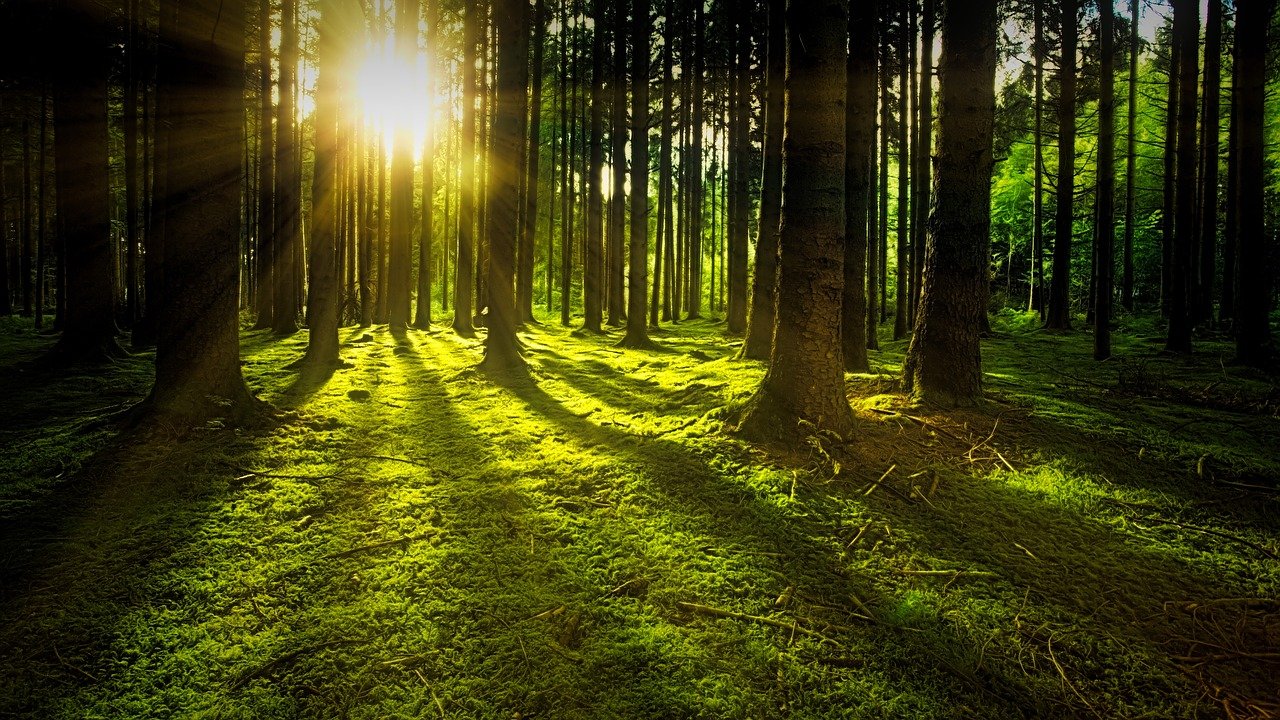
The study analyzes the extent, spatial patterns, and persistence of forest recovery in the Atlantic Forest between 1993 and 2022, based on MapBiomas data combined with land tenure, regulatory, and environmental information. It identified a significant recovery of 4.9 million hectares, of which 78% represent persistent recovery (3.8 million ha) and 22% ephemeral recovery (1.1 million ha), where regrown forests were later cleared.
Forest recovery occurs predominantly on private lands (76%), concentrated in small properties, which account for nearly half of the total recovered area. Most forest regrowth is also found within Permanent Protection Areas (APPs), Legal Reserves (RLs), and steep, non-mechanizable lands.
The analysis indicates that forest recovery contributed to at least 98 million tons of carbon stored between 1993 and 2022, although losses in ephemeral areas released around 22 million tons during the same period.
The study’s findings highlight a high potential for well-designed instruments to increase both the extent and permanence of native vegetation recovery in the Atlantic Forest. Recovery is widespread, with much of the vegetation occurring in areas already protected under the Brazilian Forest Code, in low-suitability lands, or in areas of limited agricultural or economic value. Moreover, smallholders play a major role. All together suggest that the opportunity cost for maintaining and expanding forest cover may be relatively low while delivering high benefits for biodiversity conservation and ecosystem services.
The study recommends a combination of regulatory (command and control) and economic incentive mechanisms, with prioritization criteria based on property size, legal restoration requirements, and land-use potential. It calls for the strengthening of the Atlantic Forest Deforestation Control Plan (PPCDMA), the National Native Vegetation Recovery Plan (Planaveg), and Payment for Environmental Services (PES) schemes, along with new rules to prevent the clearing of regenerating forests and to promote the permanence and expansion of forest cover across the biome.
